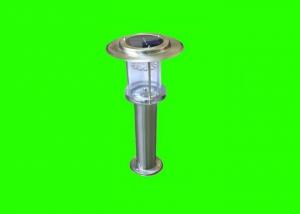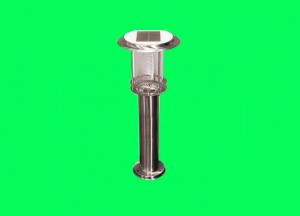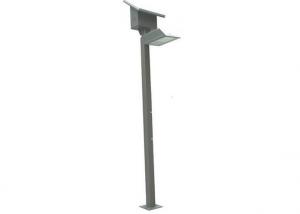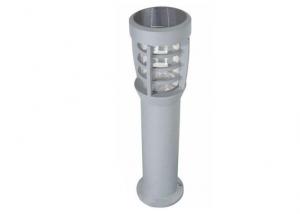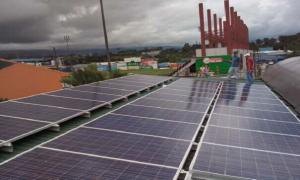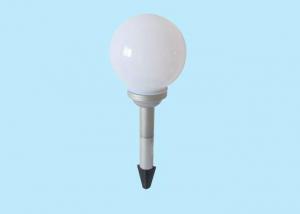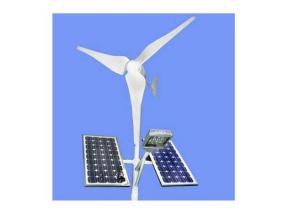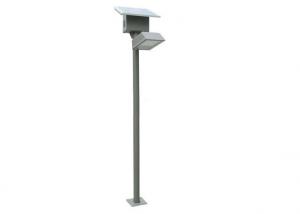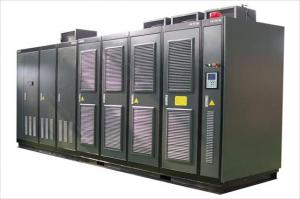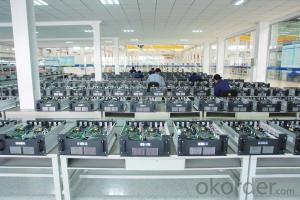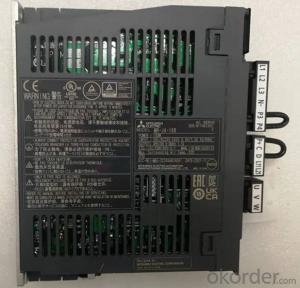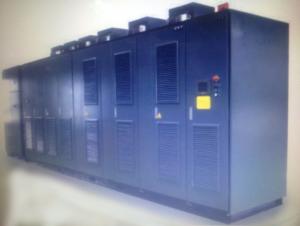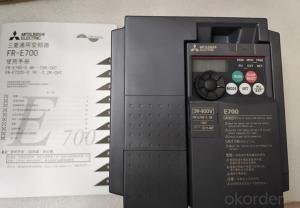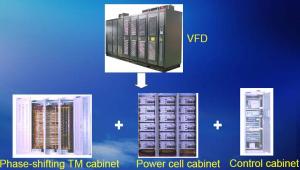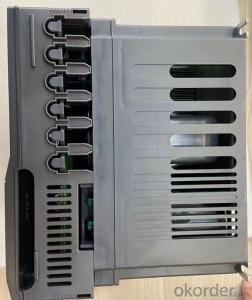Solar Light Inverter
Solar Light Inverter Related Searches
Solar Solar Inverter Sun Solar Inverter Solar Electric Inverter Solar Energy Inverter Solar Battery Inverter Solar Converter Inverter Sunshine Solar Inverter Solar System Inverter Solar Plant Inverter Solar Photovoltaic Inverter Power Solar Inverter Solar Inverter Inverter Inverter Solar Solar Charger Inverter Solar Power Battery Inverter Solar Hybrid Inverter Solar Energy Power Inverter Solar Charge Inverter Solar Power Plant Inverter Solar Panel Inverter Battery Solar Inverter Solar Power Inverter System Solar Home Inverter Solar Smart Inverter Solar Micro Inverter Solar House Inverter Power Inverter Solar Solar Inverter System Inverter Solar Inverter Solar Small InverterSolar Light Inverter Supplier & Manufacturer from China
Solar Light Inverter is a crucial component in solar energy systems, responsible for converting the direct current (DC) generated by solar panels into alternating current (AC) that can be used by electrical appliances and fed into the power grid. This device plays a significant role in ensuring the efficient and reliable operation of solar-powered lighting systems, making it an essential product for those seeking sustainable energy solutions.The Solar Light Inverter is widely used in various applications, such as residential, commercial, and industrial settings, where solar energy is harnessed to power lighting systems. It is particularly useful in remote areas where grid electricity is not readily available, as well as in urban environments where the goal is to reduce energy consumption and lower carbon emissions. By using this product, users can enjoy the benefits of clean, renewable energy while also reducing their reliance on traditional power sources.
Okorder.com is a reputable wholesale supplier of Solar Light Inverters, offering a vast inventory of high-quality products to cater to the needs of various customers. With a commitment to providing excellent service and competitive prices, Okorder.com has established itself as a trusted source for those looking to invest in solar energy solutions. Whether you are a contractor, installer, or individual seeking to incorporate solar technology into your home or business, Okorder.com is your go-to destination for reliable Solar Light Inverters.
Hot Products


